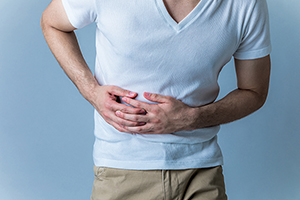




Fresh produce is an important part of a healthful diet, but can harbor bacteria, fungi and other germs along with pesticides and herbicides.
Here are some tips on cleaning fresh produce:
First, wash your hands well with soap and water and make sure your counter tops, utensils and cutting boards have been properly cleaned.
While no washing method completely removes all microbes, thoroughly rinsing fresh produce with pure, clean water effectively reduces the number of germs. Washing fruits and veggies also helps to remove dirt, stubborn garden pests and residual pesticides.
Do NOT use detergent or bleach to wash produce. Many types of produce are porous and can absorb chemicals, not something you want to ingest!
Chemical rinses and other ‘fruit and vegetable washes’ may be an option, but I don’t advise them due to lack of evidence as to their effectiveness in removing germs.
A good way to wash leafy greens is to separate the leaves and immerse them in a bowl of cold water to loosen sand and dirt. Do this a couple of times to ensure all soil residues are gone. This cleaning method also works well with fresh herbs such as parley, cilantro and dill.
Adding vinegar to water (1/2 cup distilled white vinegar per 1 cup water) followed by a clean water rinse has been shown to reduce bacterial contamination, but may change the texture and taste of produce.
Use a scrub brush under running water to clean firm produce such as apples, cucumbers root vegetables and melons—especially cantaloupe. Wash other softer produce such as peaches, cherries and berries under cold running water and dry with paper towels.
To your health!
Leyla Muedin, MS, RD, CDN
Though we think of declining estrogen as the hallmark of menopause, it's actually common for…

Up to 12 percent of Americans have ulcers at some point in life. Peptic ulcers…
Gallbladder disease is a modern illness. An estimated 20 million Americans have gallbladder disease. The…

Dr. Antonio Bianco, recipient of the American Thyroid Association’s John B. Stanbury Thyroid Pathophysiology Medal,…

There’s a misconception among low-carb dieters. Many people believe a low-carb diet is much higher…

New, more powerful weight loss drugs: Drugs like Wegovy, Rybelsus, Ozempic and Mounjaro/Zepbound are revolutionizing…

The Cannabinoid Connection: How CBD Transforms Pet Care and Human Health, Part 1

Our virtual voicemail is open 24/7, so there's no need to wait to submit your questions for Dr. Hoffman. Leave a message, and you may hear your question featured on the Intelligent Medicine radio program!